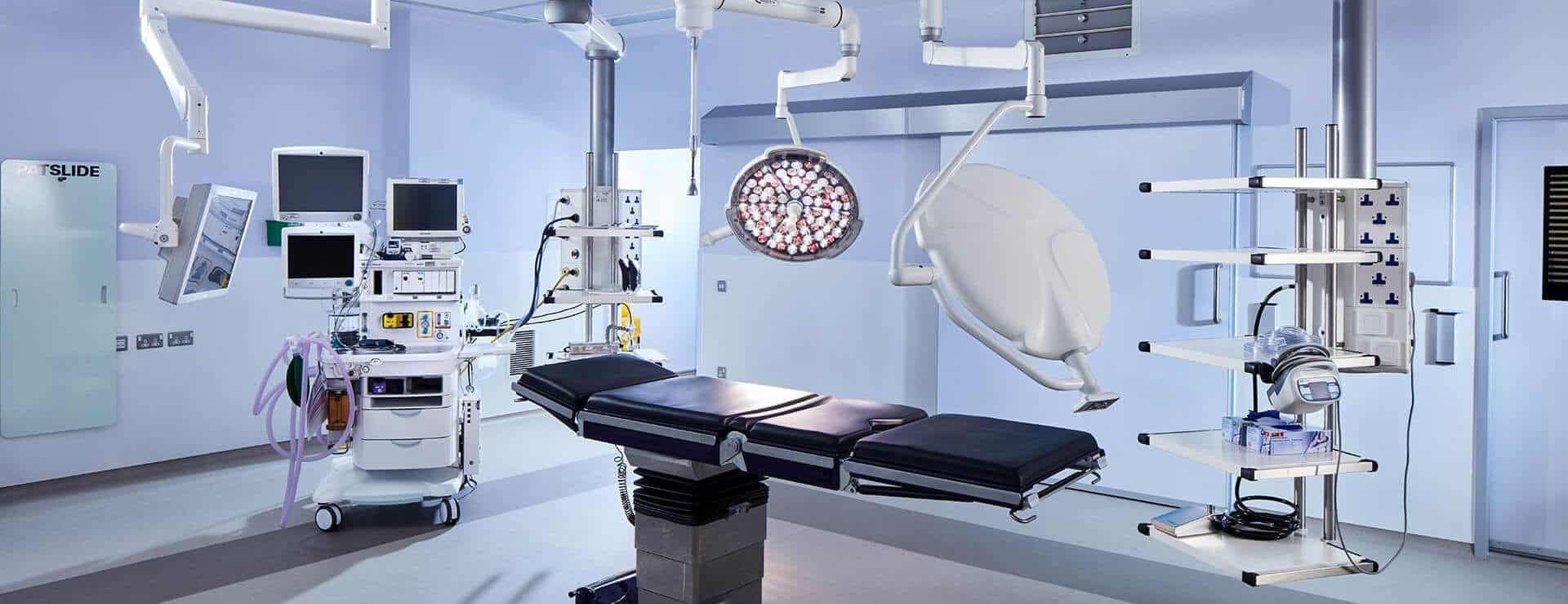
In healthcare environments, every precaution is taken to reduce the risk of cross contamination and prevent the spread of bacteria. There are countless policies and procedures that define safe ways of working, how to clean items correctly, and the equipment or clothing that is required to keep staff, patients, and molecular components safe.
While it may not be as obvious as sterilising equipment or wearing facemasks, controlling air flow is crucial within a healthcare environment, and installing a laminar airflow system is a popular approach.
We'll keep this brief but, just in case you weren't already aware, LAF is described as an airflow whereby an entire body of air (usually within a designated space, such as a room) is uniform both in its speed and its direction of travel.
A LAF ventilation system keeps a consistent flow of ultra clean air circulating through a room. It filters, cleans, and recirculates air to constantly remove pollutants and contaminants from sterile areas.
Laminar air flow ventilation systems have become widely used in a range of different healthcare environments. It has been proven that a consistent flow of clean, filtered air reduces infection rates in both operating theatres and in In Vitro Fertilisation (IVF) labs as well.
Laminar air flow and ventilation systems are ubiquitous in operating theatres around the world.
Surgical procedures leave patients dangerously exposed to infection. It's a significant healthcare burden, and surgical site infection is a challenging complication that could have significant consequences, including post-op infection in patients.
Harmful micro-organisms travel in the air attached to miniscule particles. Studies have shown that when staff members move throughout an operating theatre, bacteria and other pathogens are spread throughout the room as a result.
LAF systems prevent these micro-organisms from coming into contact with surgical wounds: air streams are instead directed away from operating areas and create a safe zone around the patient and operating theatre.
In fact, it has been proven that the bacterial count within an operating theatre that uses a this type of ventilation system is 20 times lower than in a theatre without one. Put simply, with a continuous flow of bacteria-free air, the number of infective organisms in the air is greatly reduced. With some systems, it's possible to filtrate the air more than 300 times in the space of an hour.
It's also important within IVF labs, where the focus is on biological culture as opposed to human patients. During assisted reproductive procedures, eggs are fertilised with sperm and developed into embryos.
It goes without saying that biocontainment is of utmost priority for workers in IVF labs. If there are harmful pathogens or even toxic materials and bacteria circulating throughout the air, countless procedures could be spoiled, wasting considerable time and resources.
That being the case, IVF work is almost always carried out in a contained area that uses laminar air flow. Product protection is extremely important, and this work can be carried out safely under a within a laminar flow cabinet that uses HEPA filters.
Similar to its use in operating theatres, it creates a safe space around biological culture and prevents airborne pathogens from disrupting the procedures taking place in an IVF lab.
There's growing evidence that suggests LAF significantly reduces the potential of infective organisms causing harm within a healthcare environment.
Combined with other procedures (for example, staff wearing protective suits and equipment being thoroughly sterilised), this type of ventilation almost guarantees invaluable protection and a controlled environment where it's most required.
For more information about laminar air flow in healthcare, and the benefits of clean air, speak to our team.
Read our Privacy Policy for more information on how we collect and process data.



No thank you
Read our Privacy Policy for more information on how we collect and process data.